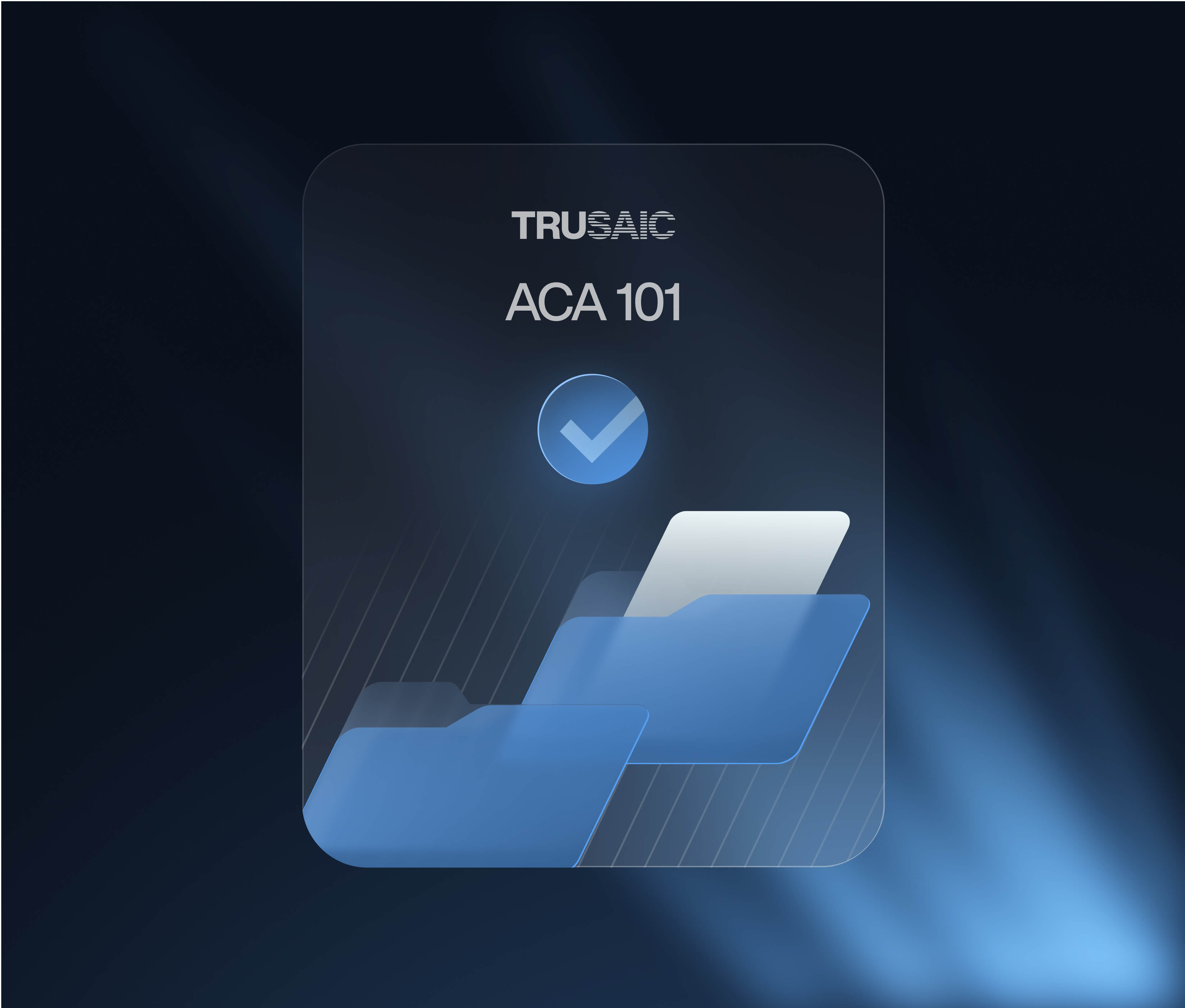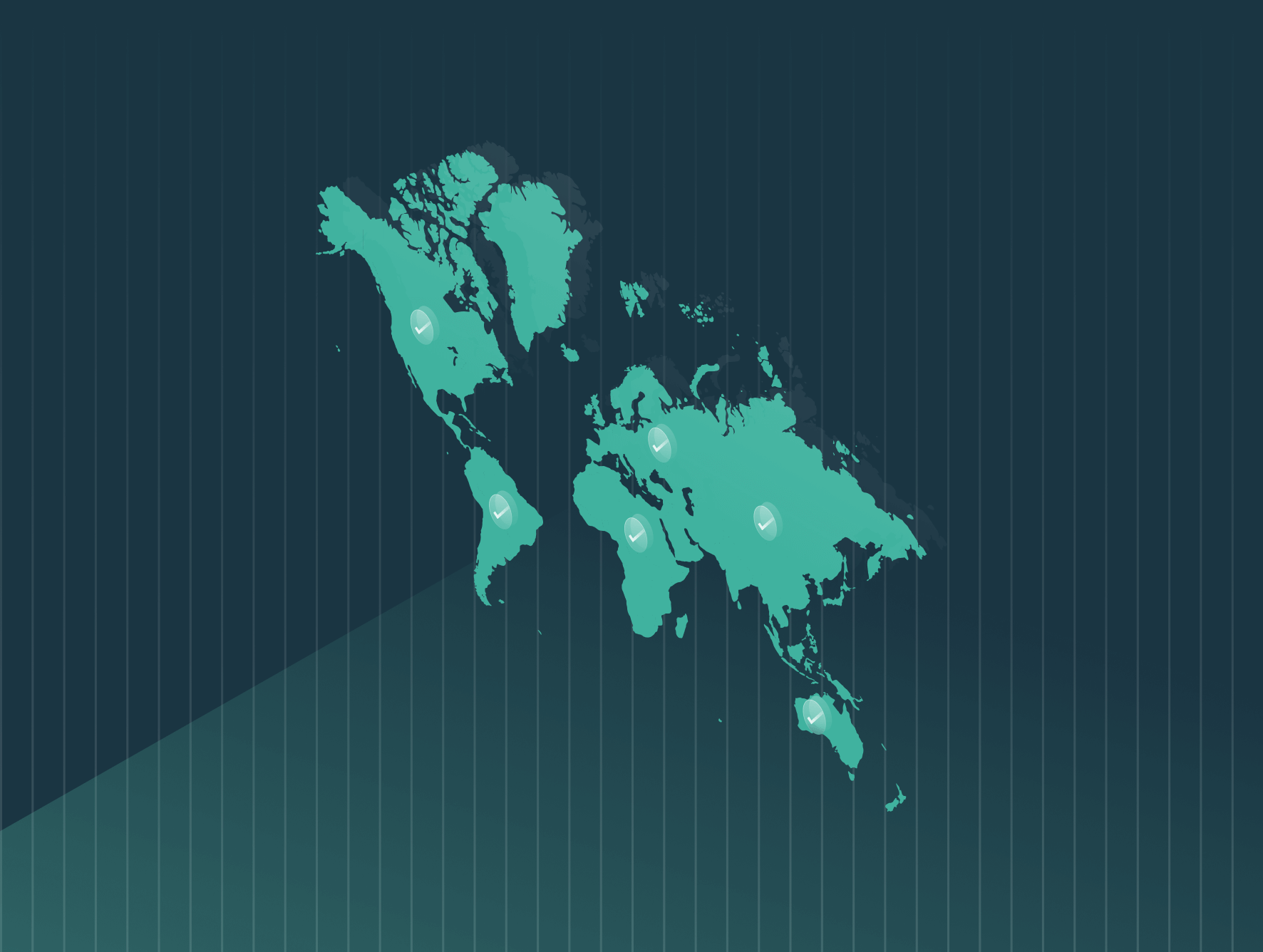In response to the EU Pay Transparency Directive, which requires employers operating in European Union member states to report on pay data, Trusaic will be evaluating the state of each country in the EU’s current gender pay gaps and the path toward compliance.
The impetus for the EU Pay Transparency Directive was to address the 12.7% gender pay gap in the European Union. Ireland’s pay gap is one of the lowest in the EU at 9.6%.
Irish employers with 150 or more employees are required to publish annual gender pay gap reports beginning June 1, 2024. By June 1, 2025, employers with 50 or more employees in Ireland must comply with the law.
Irish employers will need to begin updating their HR policy and practices to prepare for the more in-depth requirements of the upcoming EU Directive.
Quick Action Items for Irish Employers
Irish employers with 250 or more employees have been required to publish gender pay gap reports since 2022. If you’re an employer that falls under this category, you should be prepared to comply with one key element of the EU Directive.
The requirements under the Gender Pay Gap Information Act 2021 are roughly as thorough as those that will be required under the directive.
However, employers with operations in Ireland will need to account for several key additional requirements moving forward. These include:
- Providing sufficient salary range information to job candidates.
- Not asking job candidates about their salary history.
- Yearly pay gap reporting and acting when it exceeds 5%.
- Accounting for intersectional discrimination in pay practices and considering needs of workers with disabilities.
As we’ve previously noted, the EU Directive deliberately uses the wider term of “worker” versus “employee” to account for contractors. Ireland is one of the few EU nations that requires as much in their existing pay data reporting requirements.
Employers with operations in Ireland should proactively evaluate their current pay practices and overall compensation philosophy. Employers can lean on pay equity software solutions to expedite this process and determine root causes of potential pay disparities.
In effect, by 2026, all large employers (250+ employees) must report gender pay gaps. By 2031, all smaller employers (100 or more employees) will have to comply.
Irish Employers’ Current Requirements
As detailed above, Irish employers with 250 or more employees must publish gender pay gap reports annually. Employers with 150 or more employees will be phased in June 1, 2024. Organizations with 50 or more employees will be phased in June 1, 2025.
Under the law, employers must also detail measures that are being taken or proposed to eliminate or reduce pay gaps.
The Act requires employers to select a reporting “snapshot date,” during the month of June. From there, you must publish your gender pay gap data six months after that date. Organizations are required to report on the following metrics:
- Difference (in percentage) between the mean and median hourly remuneration of male and female employees, part-time employees, and employees on temporary contracts.
- Difference (in percentage) between the mean and median bonus remuneration of male and female employees, part-time employees & employees on temporary contracts.
- Difference in the percentage of male and female employees paid bonuses.
- Difference in the percentage of male and female employees who received benefits-in-kind.
- Percentage of male and female employees in each of the lower, lower middle, upper middle and upper quartile pay bands.
- Employer’s opinion on the reasons for such differences.
- Measures (if any) proposed or taken to eliminate or reduce such differences.
The pay data on which calculations are based will reflect employee remuneration for the 12 months preceding the snapshot date.
Enforcement of the Act is overseen by the Workplace Relations Commission (WRC) and the Irish Human Rights and Equality Commission (IHREC).
An employee who claims that his or her current employer has failed to comply with publishing gender pay gap information may file a complaint with the WRC, which will investigate to ensure compliance.
Financial penalties for non-compliance are not specified in the Act.
Complying with the EU Directive
The EU Pay Transparency Directive was approved in 2023, establishing a clear framework for EU member states to apply the principle of equal pay for equal work or work of equal value.
EU member states have three years from June 7, 2023 to transpose the directive into law. Likely implementation dates are 2026, however, some countries may enact legislation earlier. All 27 member states are required to adopt the directive.
Employers operating in EU member states can take several preliminary steps to ensure compliance with the upcoming legislation. The EU Directive includes a requirement for a Joint Pay Assessment where pay gaps are higher than 5%. Irish employers are required to provide remediation plans for pay gaps, which will prepare them well for this particular requirement.
Irish employers should reevaluate recruitment processes to comply with salary range and salary history ban requirements. One way to achieve this is to create equitable, explainable, and competitive salary ranges. For example, is the base salary competitive and commensurate with employee skills?
Other items include:
- Pay explainability. Prepare to explain how you differentiate and define performance in setting base salaries. Pay transparency legislation means workers must be given access to criteria used to define salary and pay raises.
- Analyze pay gaps. Identify the causes where pay disparities exceed 5%. If there is no objective justification, we recommend addressing any anomalies to remove those unexplained gaps.
- Intersectional pay equity audit. Intersectionality is essential to close the gender pay gap. It recognizes that individuals can experience discrimination and inequality based on the intersection of multiple identities, such as race, gender, disabilities, age, and more. As noted above, intersectional discrimination is defined in the EU Transparency Directive.
Trusaic is GDPR compliant and can assist any organization in any EU state in meeting its obligations under both the EU Corporate Sustainability Reporting Directive and the EU Pay Transparency Directive.








